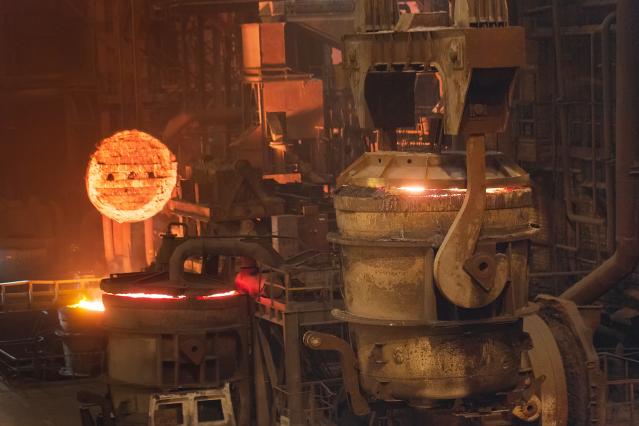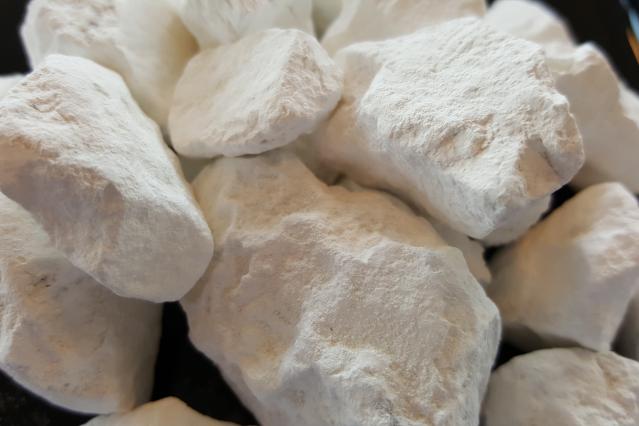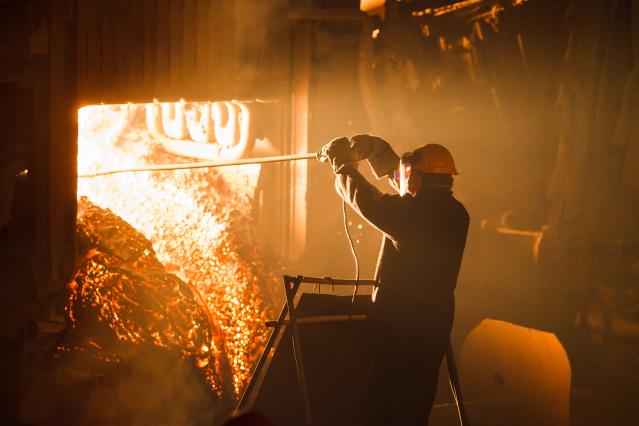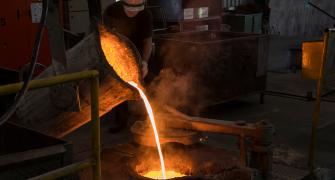
Do you have a question about this product? Ask our specialists
Contact us
Your Benefits
INDUSTRIES
- ON TIME IN FULL (OTIF): delivered on time in quality and quantity
- Security of supply: secured and reserved capacity
- Total Cost of Ownership (TCO) Reduction: supporting optimal use of the product
CUSTOMER INTELLIGENCE
- Product quality: the best suiting product for your need
- Value-added products
- Independence from the raw material availability
PARTNERSHIP
- Secured supply
- Long-term contract
- High value in use
More Information
Several needs should be taken into consideration when selecting the right product for your BOF steelmaking needs:
- Slag chemistry
- Phosphorus levels
- Oxidation requirements
- Sulphur content in hot metal
Several needs should be taken into consideration when selecting the right product for your EAF steelmaking needs:
- Slag chemistry
- Nitrogen and hydrogen levels in the steel
- Oxidation requirements
Several needs should be taken into consideration when selecting the right product for your stainless steel needs:
- Slag chemistry
- De-oxidation and desulfurization practices in the secondary metallurgy treatments
- Carbon content of fluxes
BOF:
- Integrated steel mills are very complex and small changes could make huge impact.
- Soft burnt lime having a large specific surface and good reactivity is critical to dephosphorization.
- Higher quality lime facilitates lower consumption of lime and improvement in steel melt shop productivity.
EAF:
- Foaming slag is critical to EAF process for productivity, refractories, electrodes.
- Foaminess also helps in improving chromium recovery, in case of stainless-steel melting.
- CO and CO2 gas helps to foam, and slag composition is critical to maintain foaminess.
Several needs should be taken into consideration when selecting the right product for your secondary metallurgy needs:
- Slag chemistry
- Sulphur content in steel
- Oxidation requirements
| Process step | Critical parameters | Typical consumption (kg/ton of steel) |
|---|---|---|
| Steelmaking (BOF) | 1. Quality level and consistency | Calcitic Quicklime 40-70 |
| Steelmaking (EAF) | 1. Quality level and consistency | Calcitic Quicklime 10-50 |
| Secondary metallurgy Ladle Refining Furnace (LRF) Argon Oxygen Decarburization (AOD) | 1. Quality level and consistency 2. Reactivity 3. Low impurities (e.g. S, H2O) 4. Low carbon for AOD | Calcitic Quicklime 5-10 |
Quicklime with a high calcium content has a much higher calcium to magnesium ratio, with a magnesium content of less than 5%. High calcium lime to be used in steel has also low levels of impurity and high reactivity.
High calcium quicklime is bringing more of an active component to the medium, lowering amount of incorporated impurities and reduces slag amount and metallic losses. It optimizes chemistry of the slag, removing impurities like sulphur, phosphorus, carbonates, manganese, etc. from the bath to improve steel quality. It also maintains the viscosity of the slag to increase heat and metallic yields.
Usage of soft burnt high calcium quicklime with high specific surface leads to a rapid generation of the primary slag increasing the efficiency of dephosphorization reaction.




